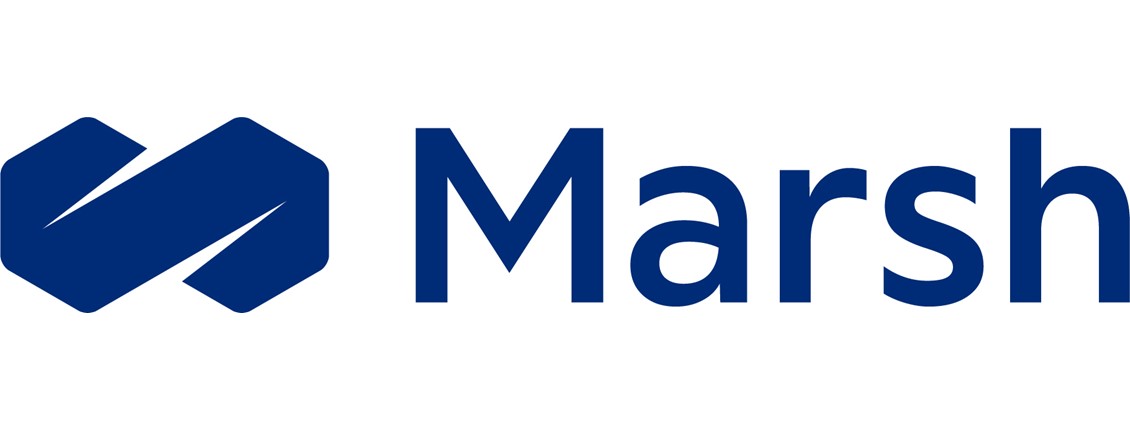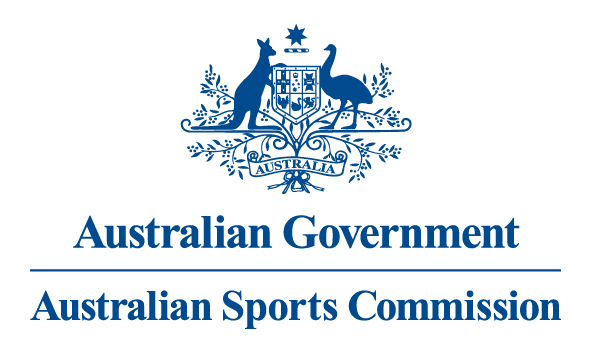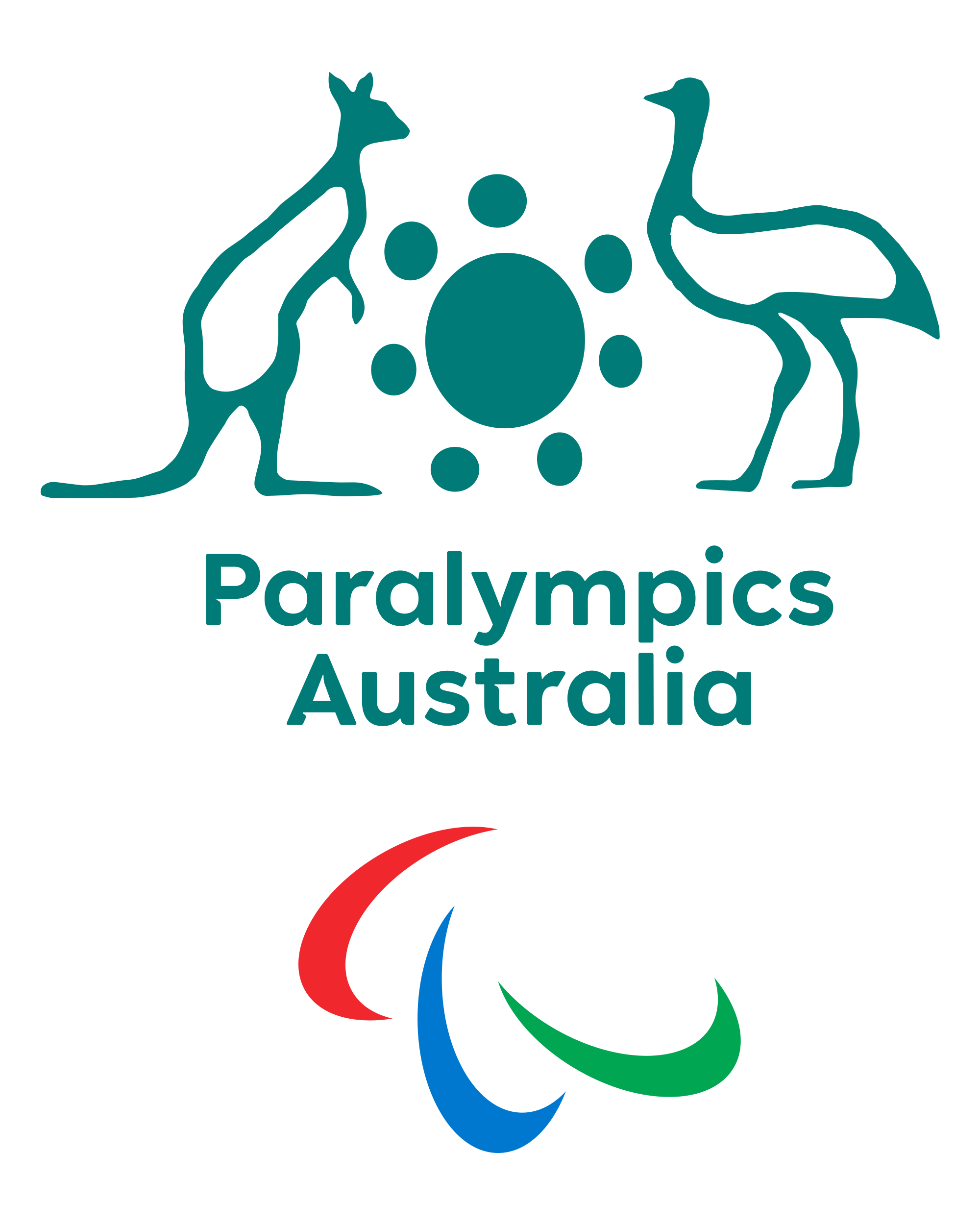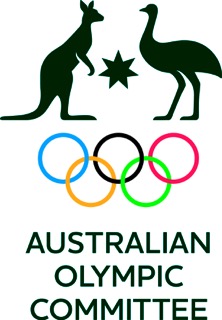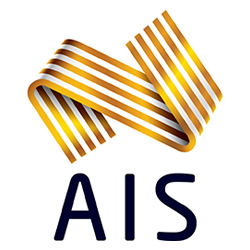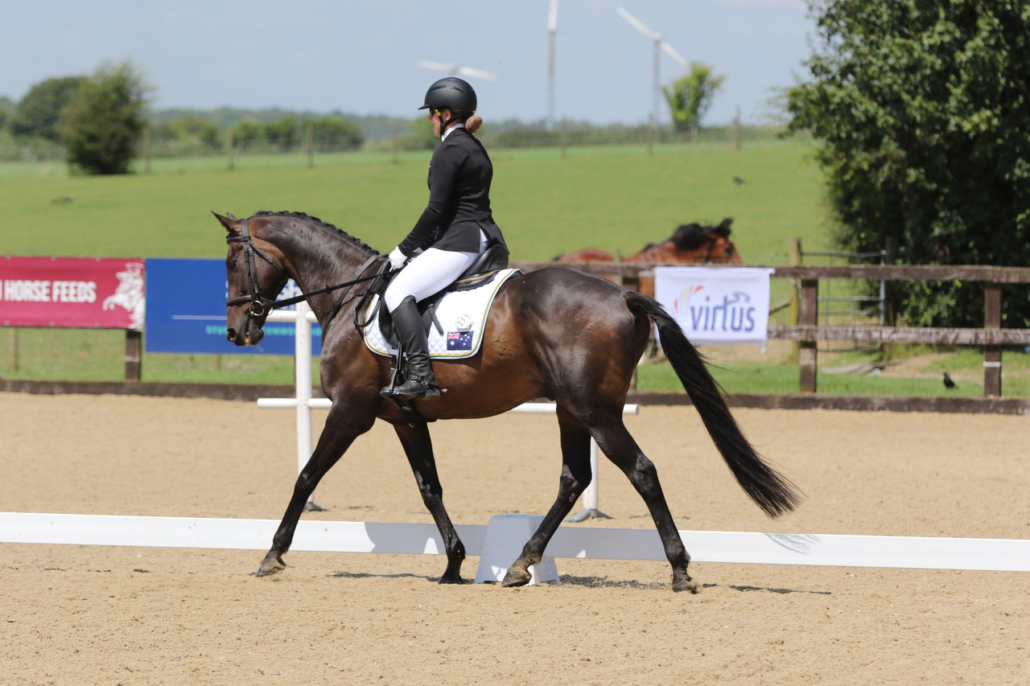In Dressage competitions, horse and rider perform a series of predetermined movements, known as ‘figures’ or “movements” in an arena of either 20x60 metres or occasionally 20x40 metres. The arena has 12 lettered markers placed symmetrically indicating where movements are to start and finish and where changes of pace or lead are to occur. In all competitions, the horse has to show the three paces: walk, trot and canter as well as smooth transitions within and between these paces. At Grand Prix level very collected movements such as Piaffe and Passage (see Dressage movements at the bottom of this page) are required.
In Australia, the national federation Equestian Australia, has set tests ranging from Preparatory level to Advanced level and after that the FEI tests from Prix St. Georges to Grand Prix level are adopted as national tests.
EA provides official competition for seniors (over 21) youth riders (10-21) and pony riders (10+). In each state, interschool competition is offered using EA Dressage tests. Riders with a disability may compete in official competitions but need to have an exemption card if they require compensating aids etc. Competitions are also provided for Para-Equestrians (PE), a recognised Olympic Sport. Riders need to be officially classified into a Grade prior to competing in the appropriate level PE tests.
Australia has sent a Dressage Team to each Olympic Games since 2000 and before that was represented by individuals.
The standard formula for FEI World and continental championships and the Olympic Games consists of Grand Prix, Grand Prix Special and Grand Prix Freestyle (Kur) tests. In a Freestyle test, the athlete is free to choose his/her own choreography, although there are some compulsory movements required.
How is dressage judged?
Click HERE

